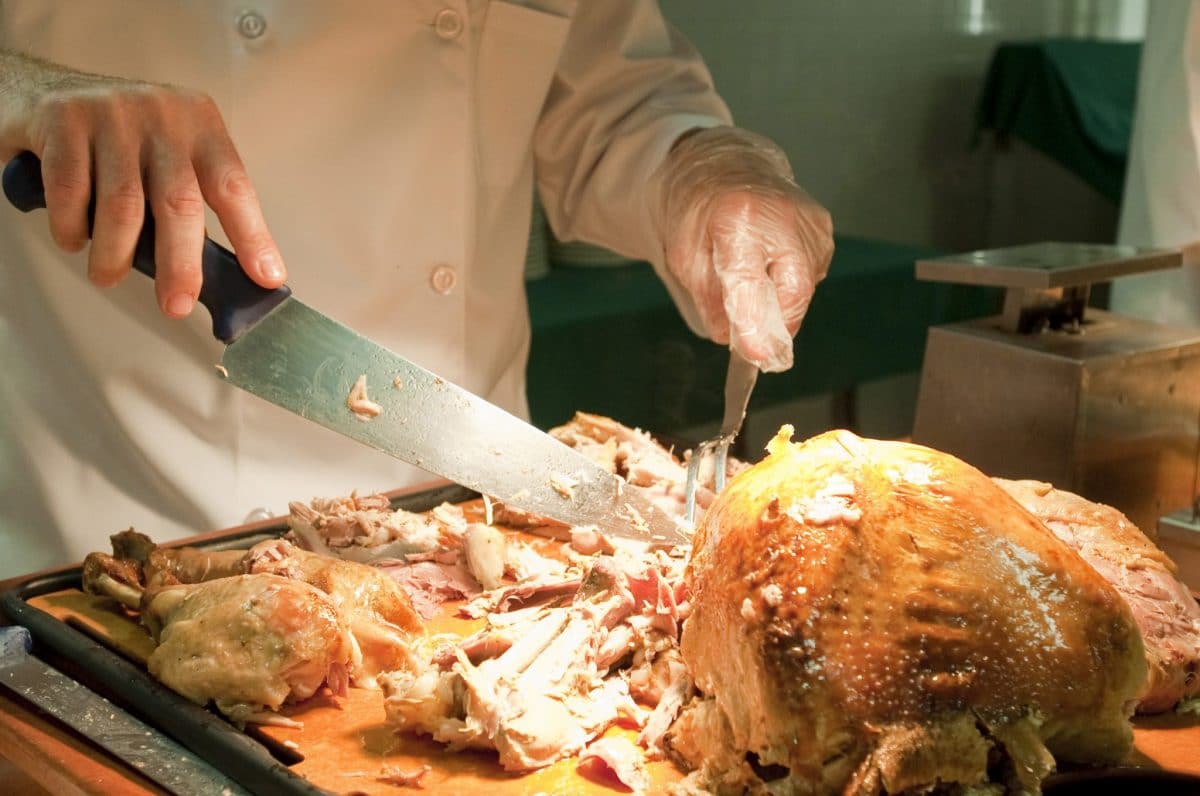

Articles
How To Store Leftover Turkey
Modified: January 5, 2024
Learn the best way to store leftover turkey for maximum freshness. Our articles provide step-by-step instructions and tips for preserving your Thanksgiving leftovers.
(Many of the links in this article redirect to a specific reviewed product. Your purchase of these products through affiliate links helps to generate commission for Storables.com, at no extra cost. Learn more)
Introduction
After a delicious Thanksgiving feast, you may find yourself with leftover turkey that you want to store and enjoy later. Properly storing leftover turkey is not only about preserving its flavor, but also ensuring its safety for future consumption. In this article, we will explore the best methods for storing leftover turkey, including refrigeration and freezing techniques. We will also discuss the importance of packaging and labeling, as well as safe reheating practices.
When it comes to storing leftover turkey, it’s essential to prioritize food safety. Turkey is a perishable item, and if not stored correctly, it can become a breeding ground for bacteria that can cause foodborne illnesses. So let’s dive into the best practices for storing your leftover turkey, whether you plan to enjoy it within a day or save it for a longer period.
Key Takeaways:
- Properly storing leftover turkey is crucial for preserving its flavor and ensuring food safety. Follow refrigeration and freezing techniques, packaging, labeling, and safe reheating practices to enjoy delicious turkey for days to come.
- Get creative with your leftover turkey by trying out mouthwatering recipes like turkey cranberry panini, turkey pot pie, turkey salad, turkey fried rice, and turkey enchiladas. Transform your leftovers into exciting and flavorful meals!
Read more: How To Store Turkey
Storing Turkey in the Refrigerator
If you plan to consume your leftover turkey within three to four days, storing it in the refrigerator is the way to go. To ensure that the turkey stays fresh and safe to eat, follow these guidelines:
- Remove the stuffing: Before storing the turkey, remove any stuffing from the cavity. Stuffing has the potential to become a breeding ground for bacteria, so it’s best to separate it from the turkey.
- Divide and conquer: If you have a large amount of leftover turkey, it’s a good idea to divide it into smaller portions. This will make it easier to store and reheat later, as you can defrost only what you need.
- Wrap it up: Wrap the turkey tightly in heavy-duty aluminum foil or place it in airtight containers. This will help prevent any air from reaching the meat and drying it out.
- Choose the right spot: Store the wrapped turkey on a shelf in the refrigerator, away from other foods. This helps to prevent cross-contamination and ensures that the turkey stays at a consistent temperature.
In addition to these guidelines, it’s important to keep an eye on the temperature of your refrigerator. The temperature should be set below 40°F (4°C) to prevent the growth of bacteria.
Refrigerating your leftover turkey allows you to easily incorporate it into salads, sandwiches, and other meals throughout the week. However, if you have more turkey than you can consume within a few days, it’s a better idea to freeze it to extend its shelf life.
Storing Turkey in the Freezer
If you have more leftover turkey than you can consume within a few days, freezing is the perfect solution to extend its shelf life. Follow these steps to properly store your leftover turkey in the freezer:
- Preparation is key: Before freezing the turkey, make sure to remove any stuffing or gravy. These should be stored separately in the refrigerator or freezer.
- Wrap it up: Wrap the turkey tightly in heavy-duty aluminum foil or plastic wrap to prevent freezer burn. Alternatively, you can use freezer bags or airtight containers specifically designed for freezing.
- Label and date: It’s important to label the wrapped turkey with the date of freezing to keep track of its freshness. Using a permanent marker, write the date on the packaging.
- Choose the right spot: Place the wrapped turkey in the coldest part of the freezer, such as the back or bottom shelf. This ensures that the turkey freezes quickly and maintains its quality for longer.
When freezing leftover turkey, it’s essential to package it properly to prevent freezer burn or the absorption of unwanted odors from other foods in the freezer. By taking these precautions, you can enjoy the delicious taste of turkey even weeks or months after your Thanksgiving feast.
When you’re ready to use the frozen turkey, it’s important to thaw it safely to maintain its flavor and texture. Transfer the frozen turkey from the freezer to the refrigerator and allow it to thaw slowly over 24 hours for every 5 pounds (2.3 kg) of turkey. Alternatively, you can use the defrost function on your microwave, following the manufacturer’s instructions.
Now that you know how to store leftover turkey in the freezer, let’s move on to the importance of packaging and labeling your leftovers.
Store leftover turkey in an airtight container or resealable plastic bag in the refrigerator. Use within 3-4 days or freeze for up to 3 months for best quality.
Packaging and Labeling Leftover Turkey
Proper packaging and labeling of leftover turkey is crucial for maintaining its freshness, preventing cross-contamination, and ensuring that you can easily identify and use it in the future. Here are some important tips for packaging and labeling your leftover turkey:
- Use airtight containers: When storing leftover turkey in the refrigerator or freezer, it’s best to use airtight containers or freezer bags. These containers help to maintain the turkey’s quality by preventing air exposure and freezer burn.
- Divide into portion sizes: If you have a large amount of leftover turkey, consider dividing it into smaller portion sizes before packaging. This way, you can thaw and use only what you need, minimizing waste and ensuring that the rest remains safely stored.
- Label the containers: Always label the containers with the contents and the date. This information will help you keep track of how long the turkey has been stored and make it easier to identify in your freezer or refrigerator.
- Use freezer-safe materials: If you plan to freeze the turkey, ensure that the containers or bags you use are labeled as freezer-safe. This will prevent any potential damage to the packaging or the turkey itself.
- Store in the right place: Whether you are refrigerating or freezing the leftover turkey, make sure to place it in the appropriate section of your appliance. This helps to maintain a consistent temperature and reduces the risk of cross-contamination with other food items.
By following these packaging and labeling guidelines, you can store your leftover turkey safely and efficiently. The labeled containers will also make it easier for you to find and use the turkey in the future, saving you time and effort.
Now that you have learned how to properly package and label leftover turkey, let’s move on to the important topic of reheating it safely.
Reheating Leftover Turkey Safely
When it comes to reheating leftover turkey, safety is paramount. Improper reheating can lead to the growth of harmful bacteria and increase the risk of foodborne illnesses. Follow these guidelines to ensure the safe reheating of your leftover turkey:
- Thaw properly: If your leftover turkey was stored in the freezer, make sure to thaw it in the refrigerator before reheating. Thawing it slowly in the refrigerator reduces the risk of bacterial growth and helps to maintain the turkey’s texture and flavor.
- Use a thermometer: When reheating leftover turkey, it’s important to use a food thermometer to ensure that the internal temperature reaches 165°F (74°C). This temperature kills any potential bacteria and ensures the turkey is safe to eat.
- Reheat thoroughly: Whether you choose to reheat the turkey in the oven, on the stovetop, or in the microwave, make sure to heat it thoroughly. Avoid partially reheating, as this can create hot spots where bacteria can survive.
- Slice and reheat in portions: If you have a large piece of leftover turkey, it’s a good idea to slice it into smaller portions before reheating. This allows for more uniform heating and reduces the risk of unevenly reheated sections.
- Add moisture if needed: To prevent the turkey from drying out during reheating, you can add a little bit of broth, gravy, or water. This will help keep the meat moist and flavorful.
It’s important to note that reheated turkey should only be reheated once. If you have leftovers from the reheated turkey, it’s best to store them separately and follow the same reheating guidelines for more delicious and safe meals.
Now that you know how to safely reheat leftover turkey, let’s explore some creative recipes to enjoy your leftover turkey in new and exciting ways.
Read more: How To Store Turkey Bacon
Creative Recipes for Leftover Turkey
Leftover turkey doesn’t have to be boring! There are plenty of creative and delicious ways to transform your leftover turkey into mouthwatering dishes. Here are a few recipe ideas to inspire you:
- Turkey Cranberry Panini: Layer slices of leftover turkey with cranberry sauce, cheese, and your favorite sandwich fixings between two slices of crusty bread. Grill it until the cheese is melted and the bread is golden brown for a delightful panini.
- Turkey Pot Pie: Combine diced leftover turkey with mixed vegetables, a creamy sauce, and a flaky pie crust to create a comforting and hearty turkey pot pie. It’s a perfect way to utilize your leftover turkey and turn it into a cozy meal.
- Turkey Salad: Chop leftover turkey into bite-sized pieces and toss it with diced celery, onions, dried cranberries, and a tangy dressing of your choice. Serve it over a bed of fresh greens or stuff it into a pita pocket for a refreshing and light turkey salad.
- Turkey Fried Rice: Sauté leftover turkey with cooked rice, vegetables, and soy sauce for a flavorful and satisfying turkey fried rice. Add some scrambled eggs for extra protein and top it off with green onions for a burst of freshness.
- Turkey Enchiladas: Roll leftover turkey and cheese in tortillas, smother them with enchilada sauce, and bake until the cheese is bubbly and golden. Serve the turkey enchiladas with sour cream, guacamole, and salsa for a Mexican-inspired twist.
These are just a few examples of the endless possibilities for using leftover turkey. Don’t be afraid to get creative in the kitchen and experiment with different flavors and cuisines. From sandwiches and salads to casseroles and stir-fries, leftover turkey can be transformed into a wide array of delicious and satisfying meals.
Now that you have some creative recipe ideas, go ahead and enjoy your leftover turkey in new and exciting ways!
Frequently Asked Questions about How To Store Leftover Turkey
Was this page helpful?
At Storables.com, we guarantee accurate and reliable information. Our content, validated by Expert Board Contributors, is crafted following stringent Editorial Policies. We're committed to providing you with well-researched, expert-backed insights for all your informational needs.
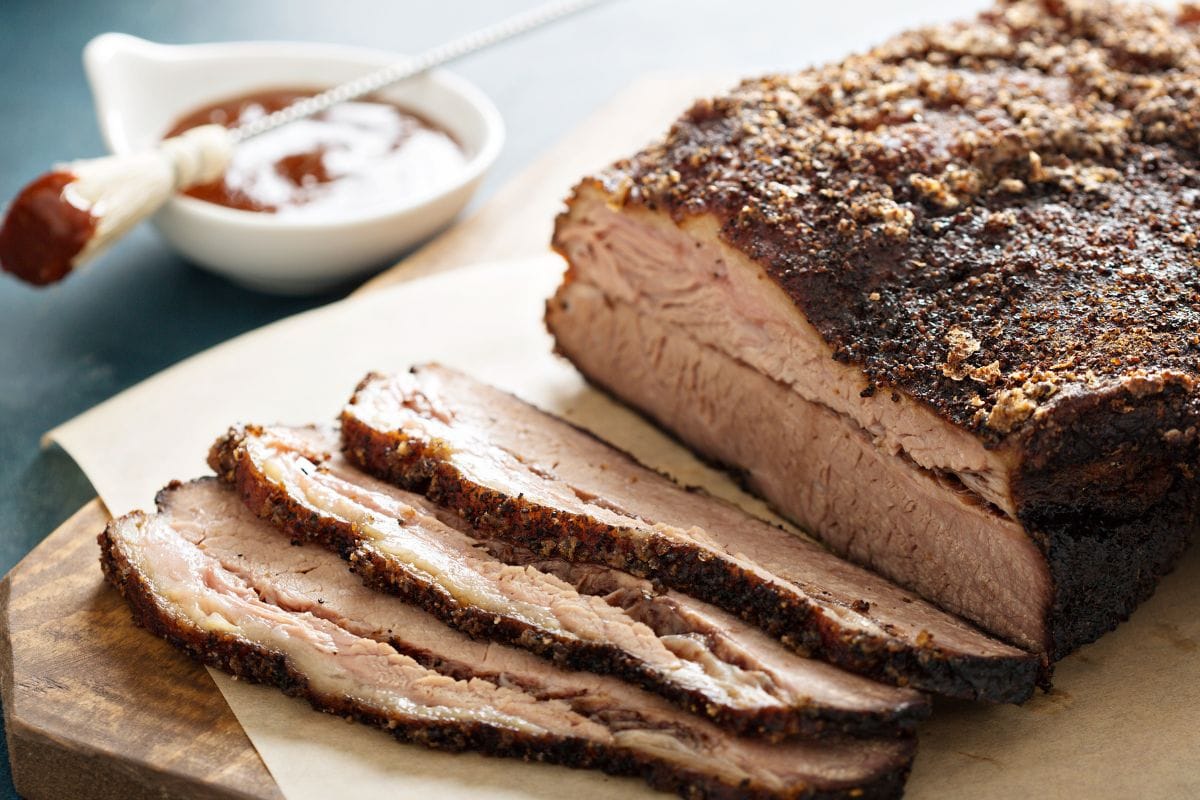






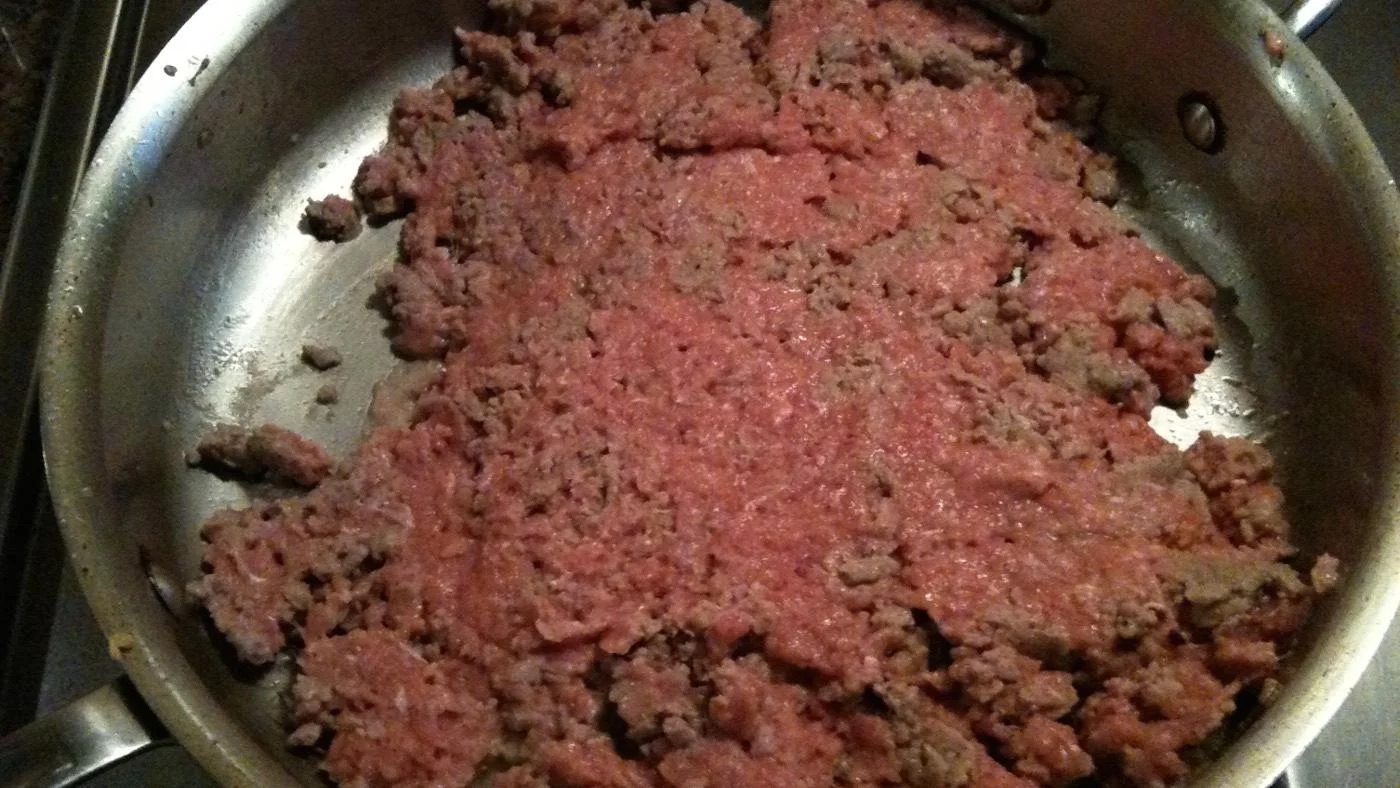
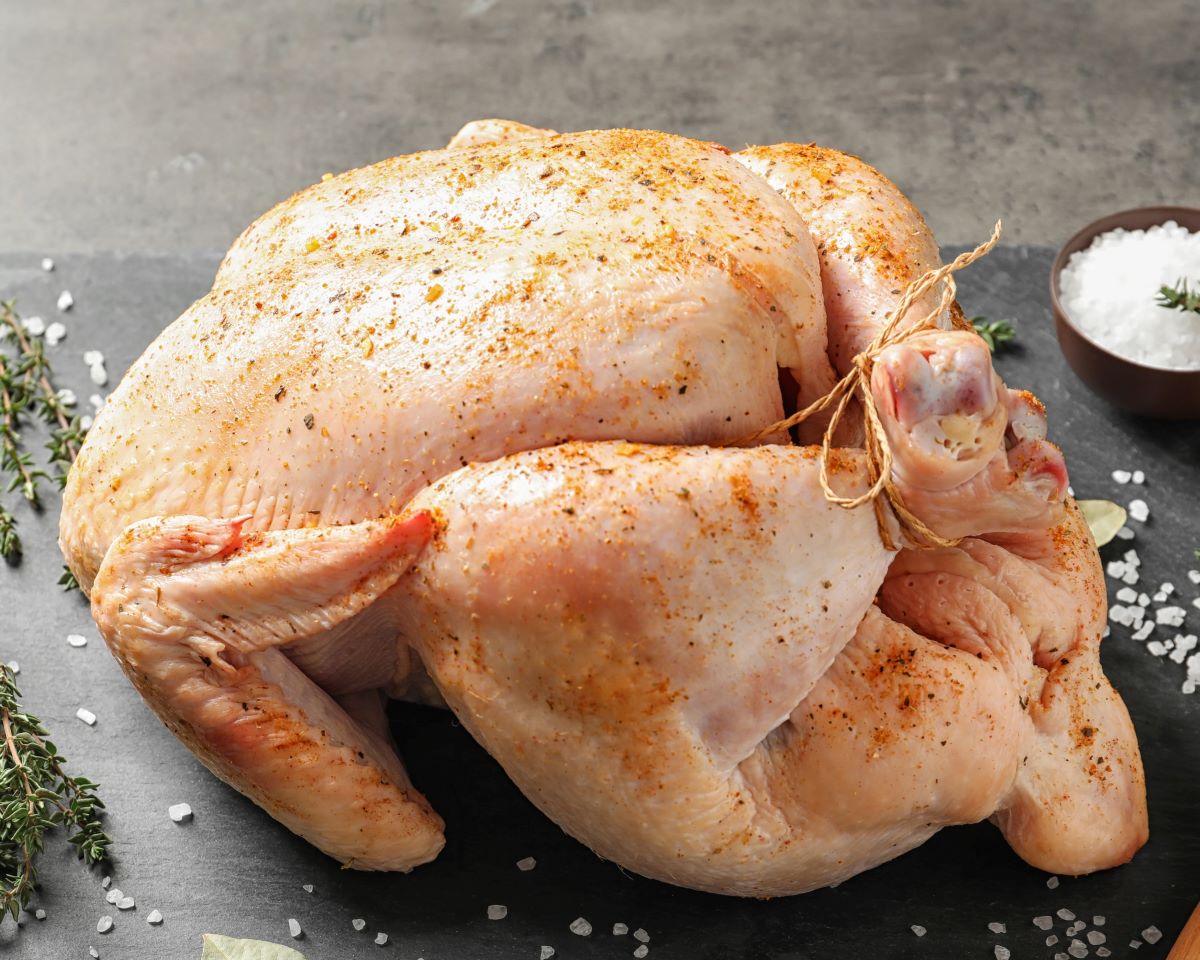
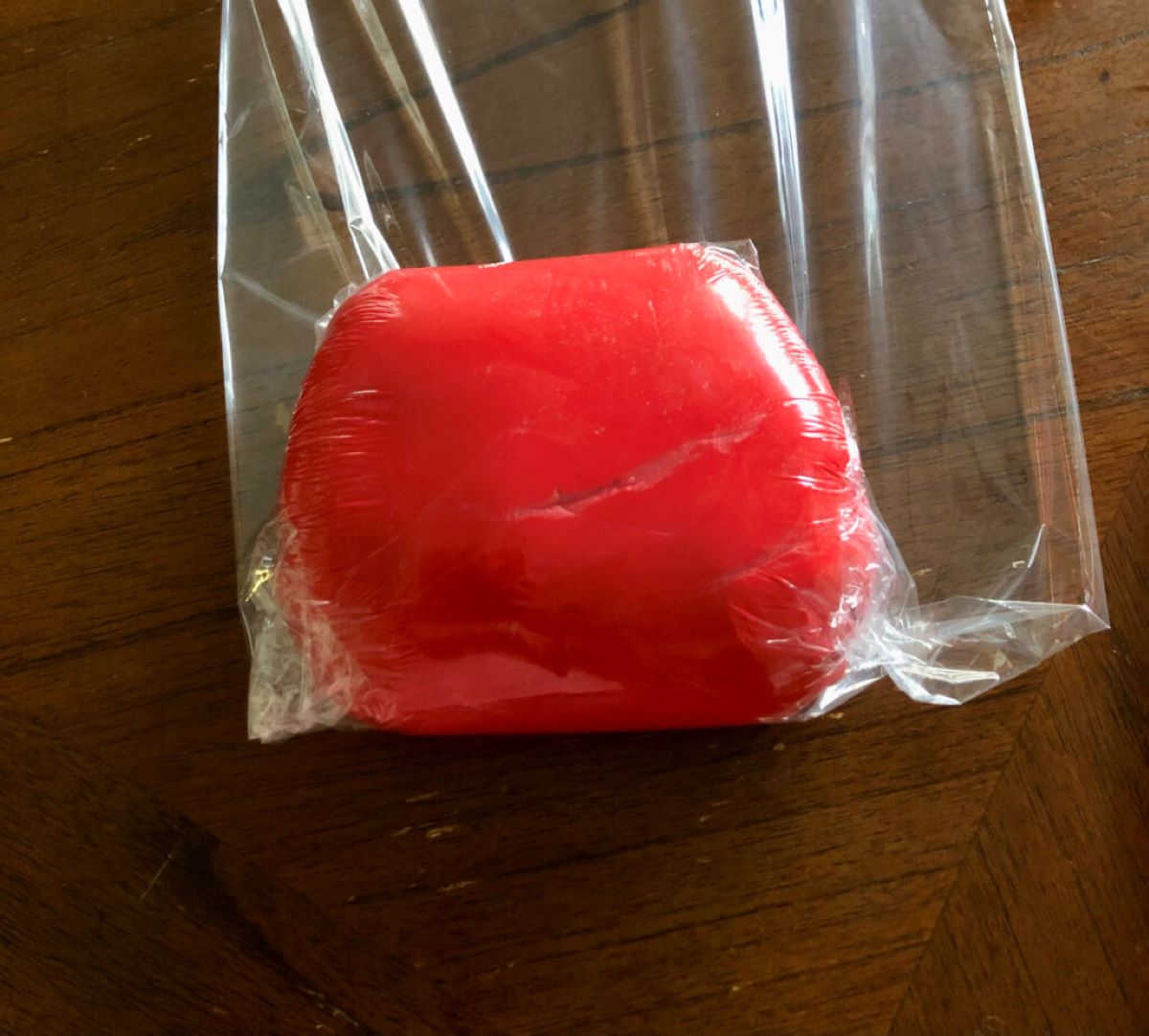

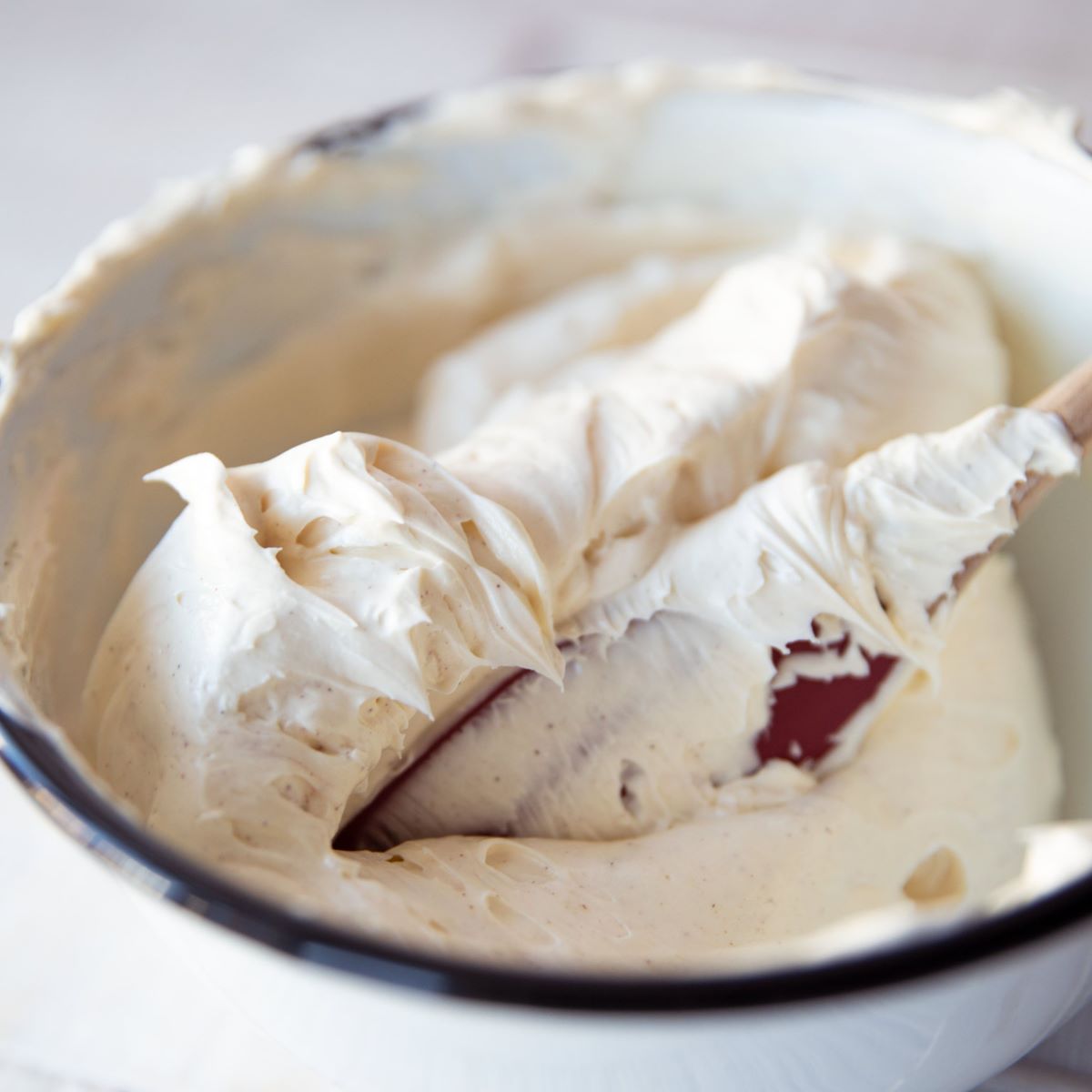
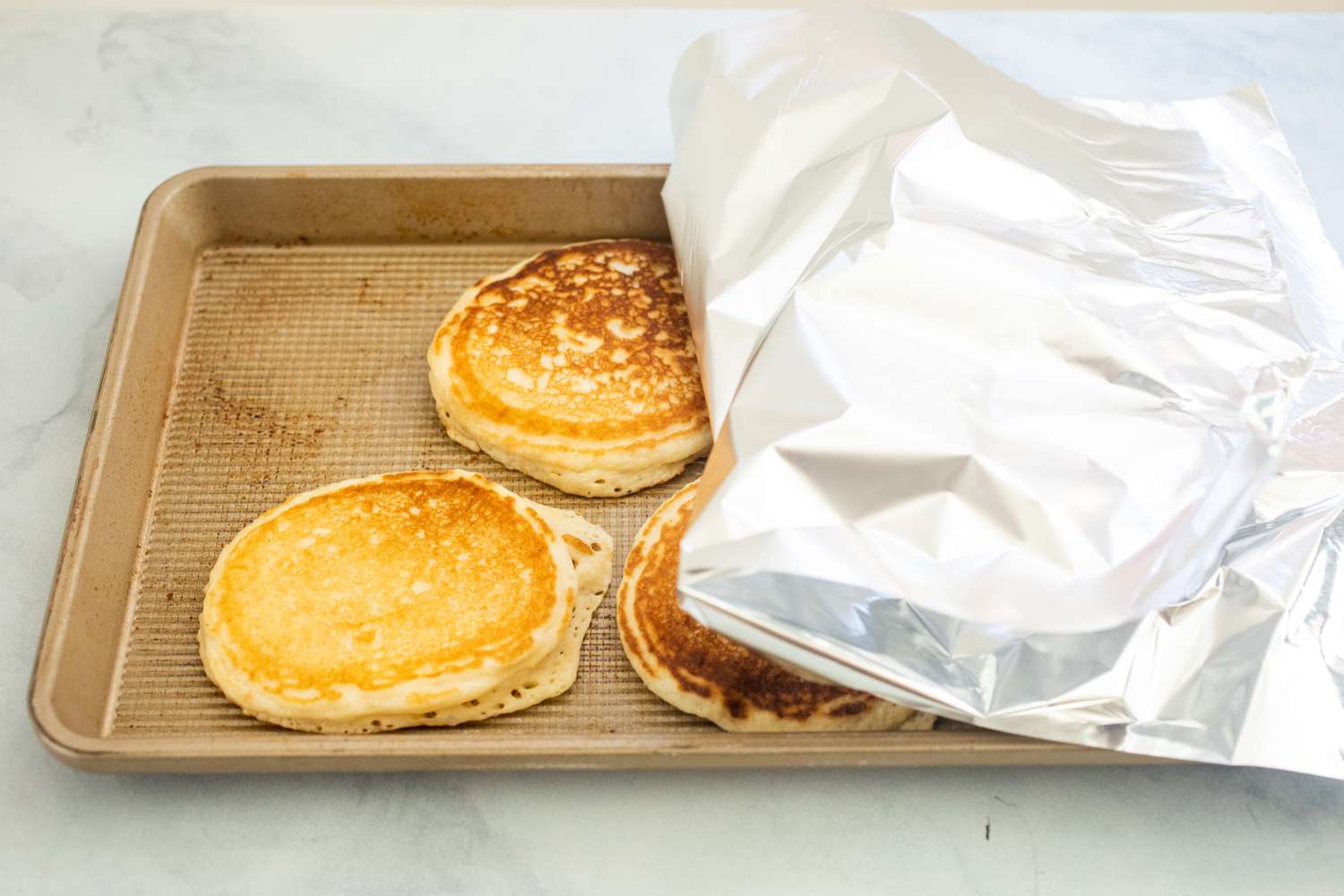


0 thoughts on “How To Store Leftover Turkey”